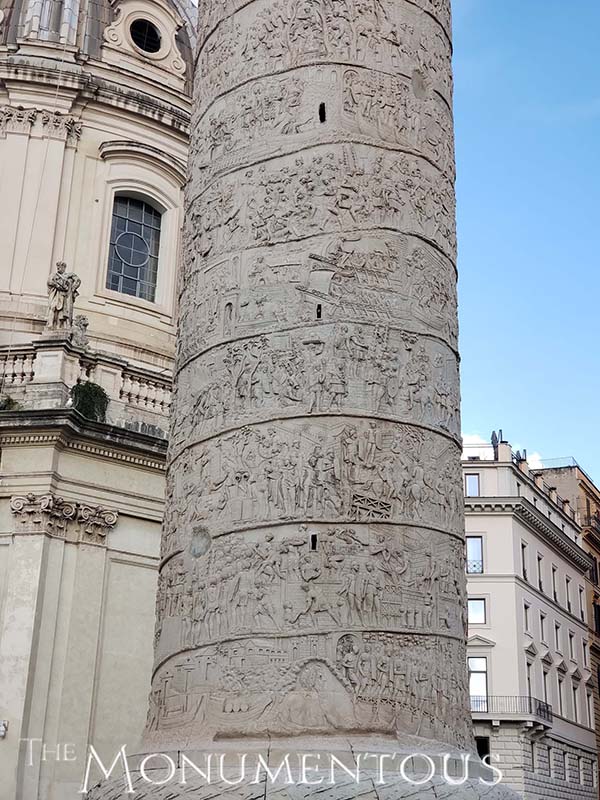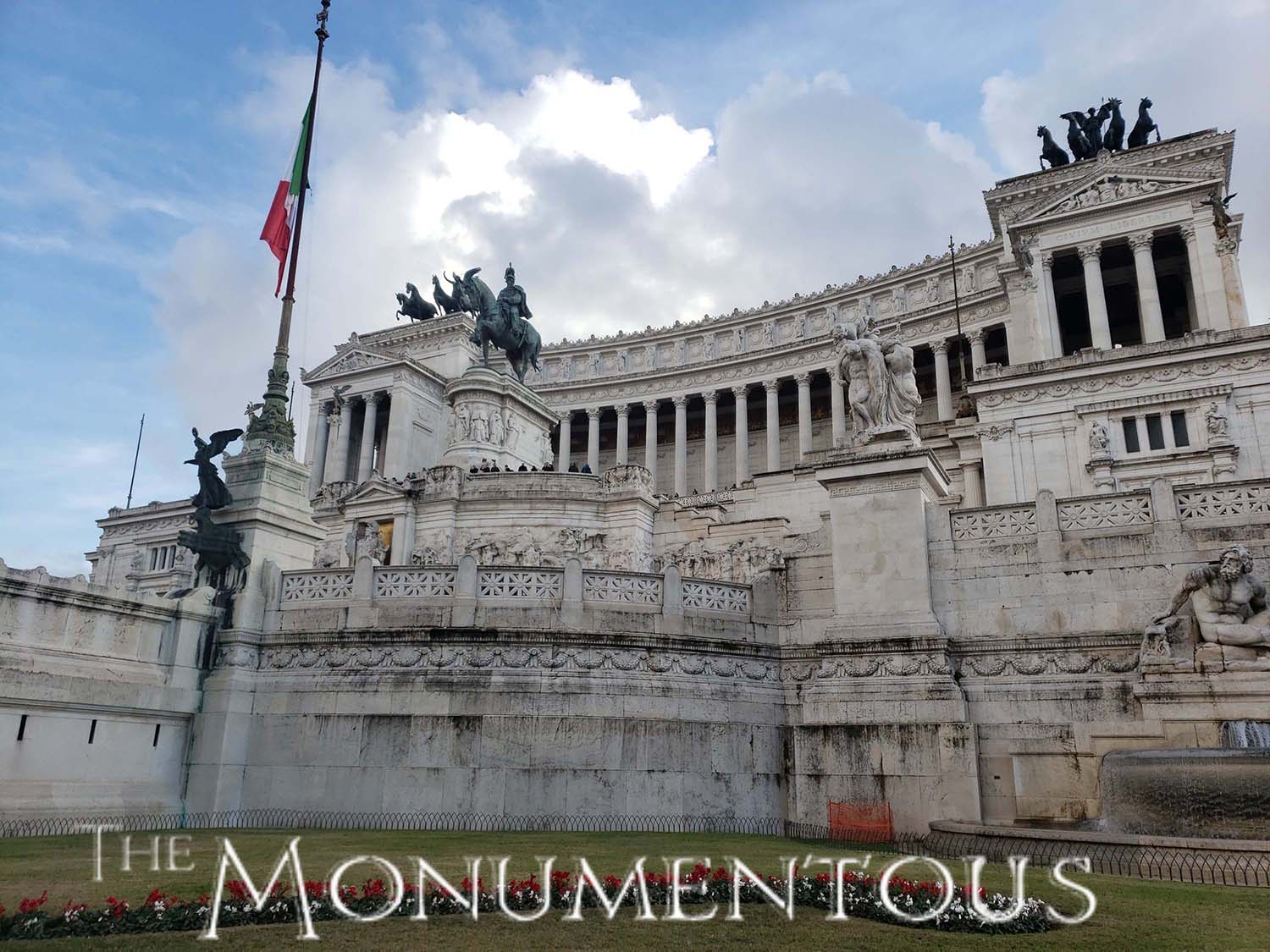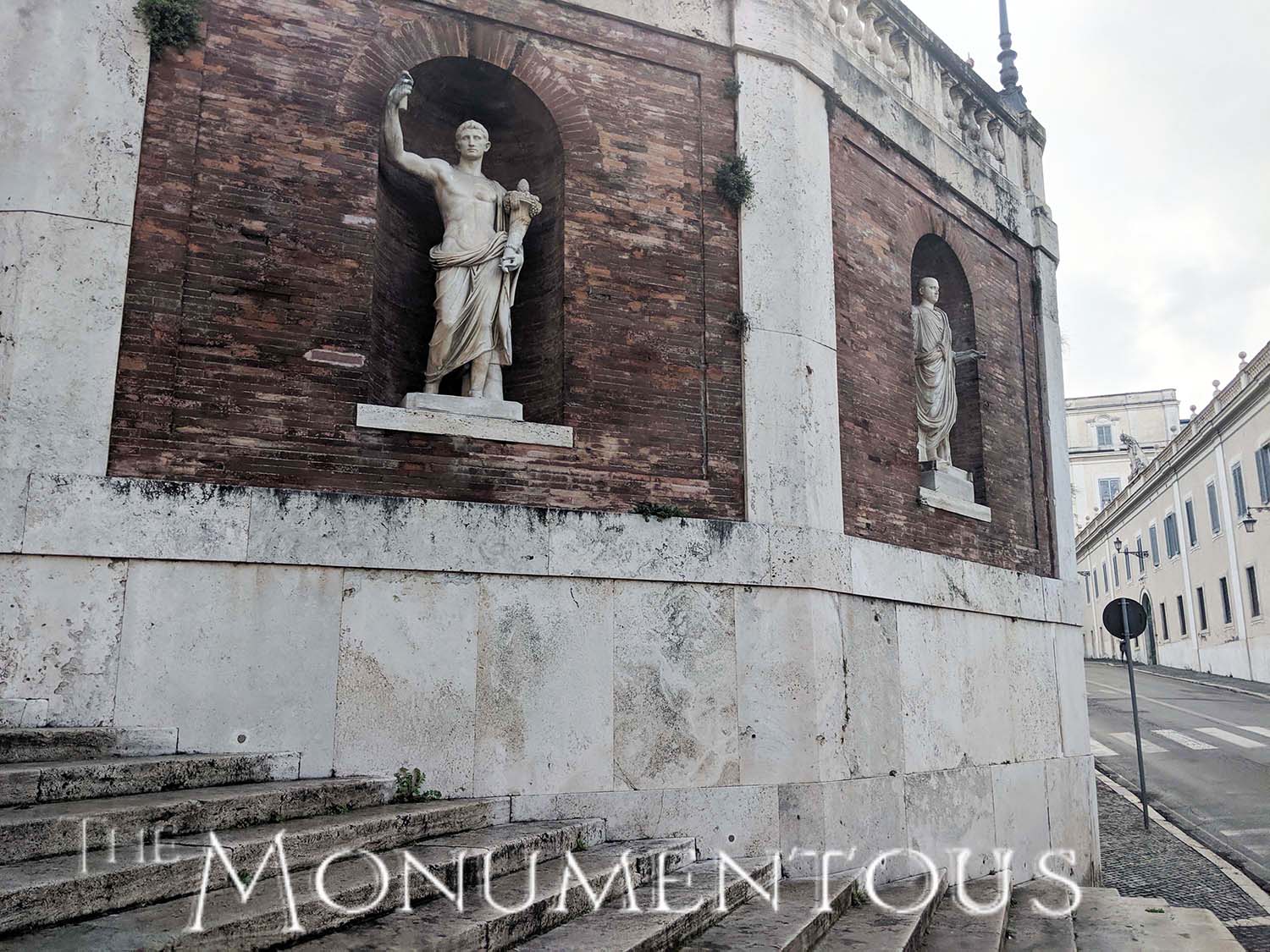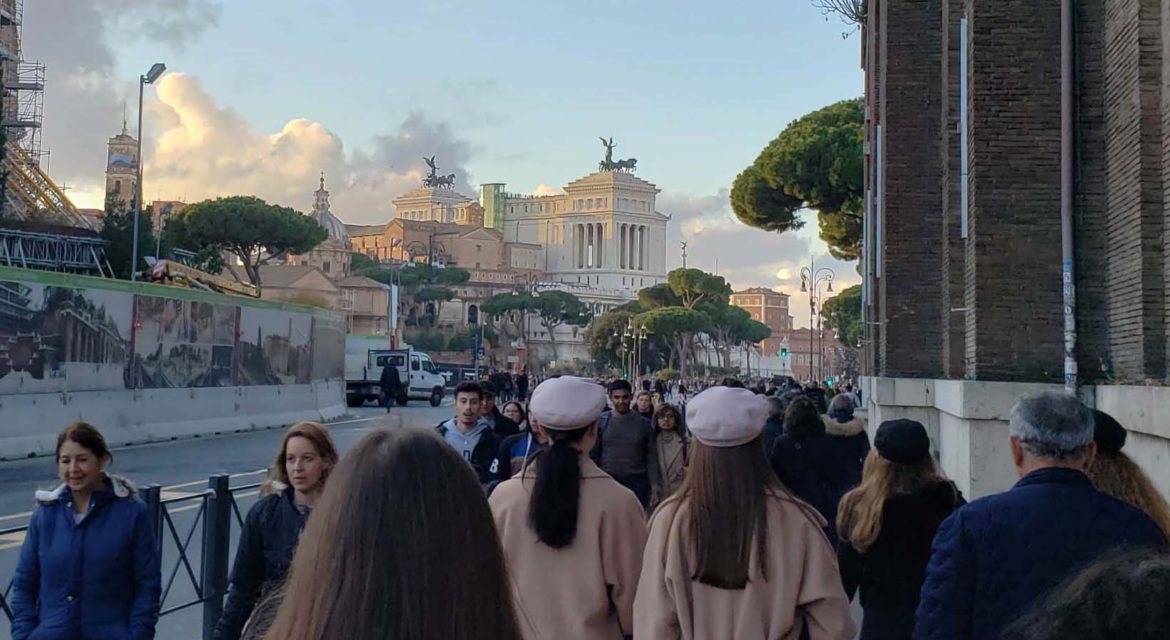 Rome has become known as the Eternal City on account of how monuments like the Pantheon and Piazza Navona are connected to the ancient past of the region, while others like the Trevi Fountain and the Spanish Steps are associated with the contemporary city. These connections to various eras of Rome are evident in monuments located across the city, all of which have their own history and associations with Rome and all of Italy.
Rome has become known as the Eternal City on account of how monuments like the Pantheon and Piazza Navona are connected to the ancient past of the region, while others like the Trevi Fountain and the Spanish Steps are associated with the contemporary city. These connections to various eras of Rome are evident in monuments located across the city, all of which have their own history and associations with Rome and all of Italy.
Trajan’s Column commemorates Roman emperor Trajan’s victory in the Dacian Wars. Its spiral bas relief, which artistically represents the wars between the Romans and Dacians, has become an inspiration to other cultures and countries across the world, including the victory column that resides in Place Vendôme in Paris.
 The Victor Emmanuel II National Monument was built in honor of Victor Emmanuel II, the first king of a unified Italy. Conceived as a modern forum, the building has a great symbolic and representative value, being architecturally and artistically centered on the Italian unification. This connection to all of Italy highlights what it can mean for a building to become tied to the identity of an entire country. The monument has also become a popular spot for sightseers.
The Victor Emmanuel II National Monument was built in honor of Victor Emmanuel II, the first king of a unified Italy. Conceived as a modern forum, the building has a great symbolic and representative value, being architecturally and artistically centered on the Italian unification. This connection to all of Italy highlights what it can mean for a building to become tied to the identity of an entire country. The monument has also become a popular spot for sightseers.
Unveiled in February 1667 in the Piazza della Minerva, Elephant and Obelisk is the smallest obelisk in Rome. Emperor Diocletian, who ruled from 284 to 305, brought the obelisk to Rome but it was eventually lost. the obelisk was rediscovered in the 17th century which caused Pope Alexander VII to commission it being re-installed. The base of the new pieces was designed by the famous architect Gian Lorenzo Bernini.
The Quirinal Obelisk and Fountain of Castor and Pollux sit on the highest of the seven hills of Rome. The statues are Roman replicas of Greek originals from the fifth century BC, which once stood at the entrance of the Bat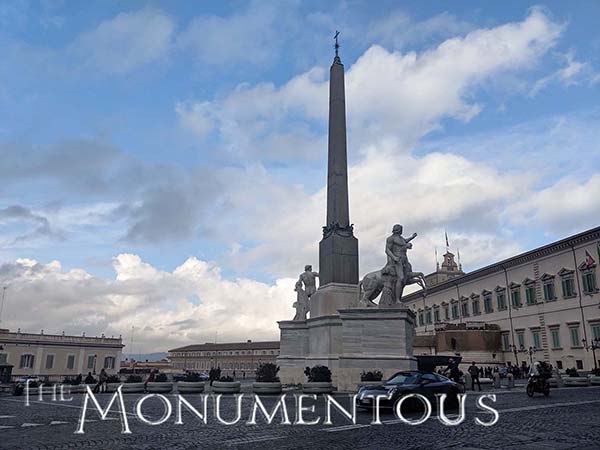 hs of Constantine. Located in front of the Palazzo del Quirinale, Pius VI moved the Quirinal Obelisk from where it was discovered near the Mausoleum of Augustus to its current location in the piazza, At that same time, he also had the fountain and the Dioscuri moved to their places surrounding the obelisk. Eventually, the original fountain became lost, which compelled Pope Pius VII to commission Raffaele Stern to build a new one in 1818, which is the fountain that exists in the space today.
hs of Constantine. Located in front of the Palazzo del Quirinale, Pius VI moved the Quirinal Obelisk from where it was discovered near the Mausoleum of Augustus to its current location in the piazza, At that same time, he also had the fountain and the Dioscuri moved to their places surrounding the obelisk. Eventually, the original fountain became lost, which compelled Pope Pius VII to commission Raffaele Stern to build a new one in 1818, which is the fountain that exists in the space today.
These are just a few of the obscure and outstanding monuments that are spread across Rome. Numerous monuments utilize the SPQR and Capitoline Wolf imagery that have become icons of the past and present of the city, but such imagery is just part of the identity that these monuments have enabled for the Eternal City in the present and future.
